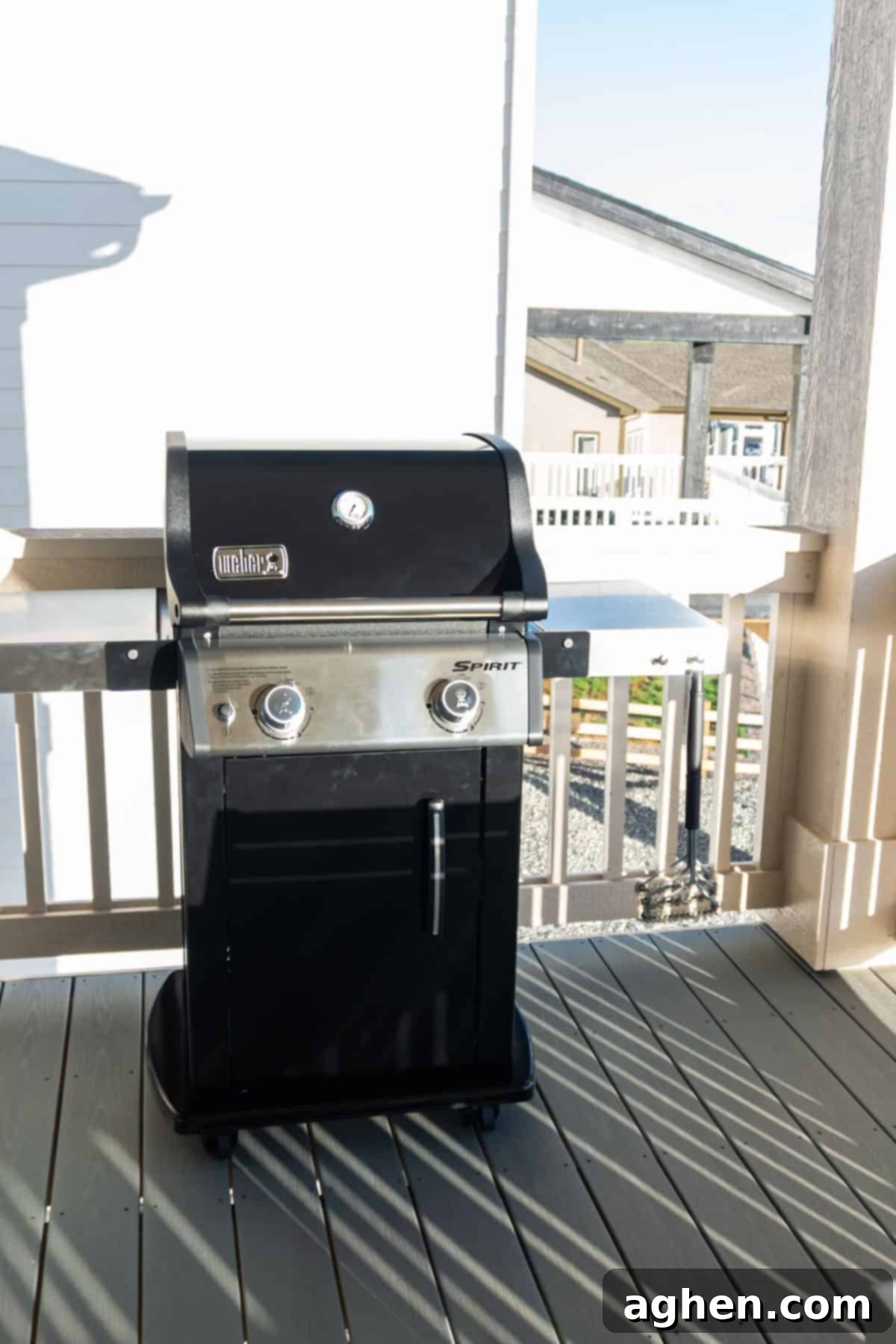Unlock Your Inner Grill Master: 10 Essential Skills for Perfect Weber Grilling
The joy of outdoor grilling is an irreplaceable cornerstone of the summer experience, transforming ordinary evenings into memorable feasts. There’s something universally appealing about the inviting sizzle of food on hot grates, the tantalizing aroma of barbecue wafting through the air, and the gathering of friends and family around a shared meal. For many, grilling is more than just cooking; it’s a cherished ritual, a passion, and an art form that brings people together. If you’re passionate about outdoor cooking, you’ll undoubtedly appreciate that achieving true grilling mastery demands dedication, consistent practice, and a keen understanding of fundamental techniques.
Among the myriad options available to enthusiasts, Weber grills have consistently stood out as a beacon of quality and performance. Renowned for their exceptional versatility, robust durability, and uncanny ability to consistently produce incredibly flavorful food, Weber grills are a popular choice for both novices and seasoned pitmasters alike. Whether you own a classic Weber Kettle, a sophisticated Genesis gas grill, or a portable Q series, unlocking its full potential means embracing a set of core skills. This comprehensive guide is designed to empower you with ten essential techniques, transforming your grilling from good to truly exceptional. By honing these must-have skills, you’ll be well on your way to grilling like a seasoned professional and impressing everyone at your next backyard barbecue.
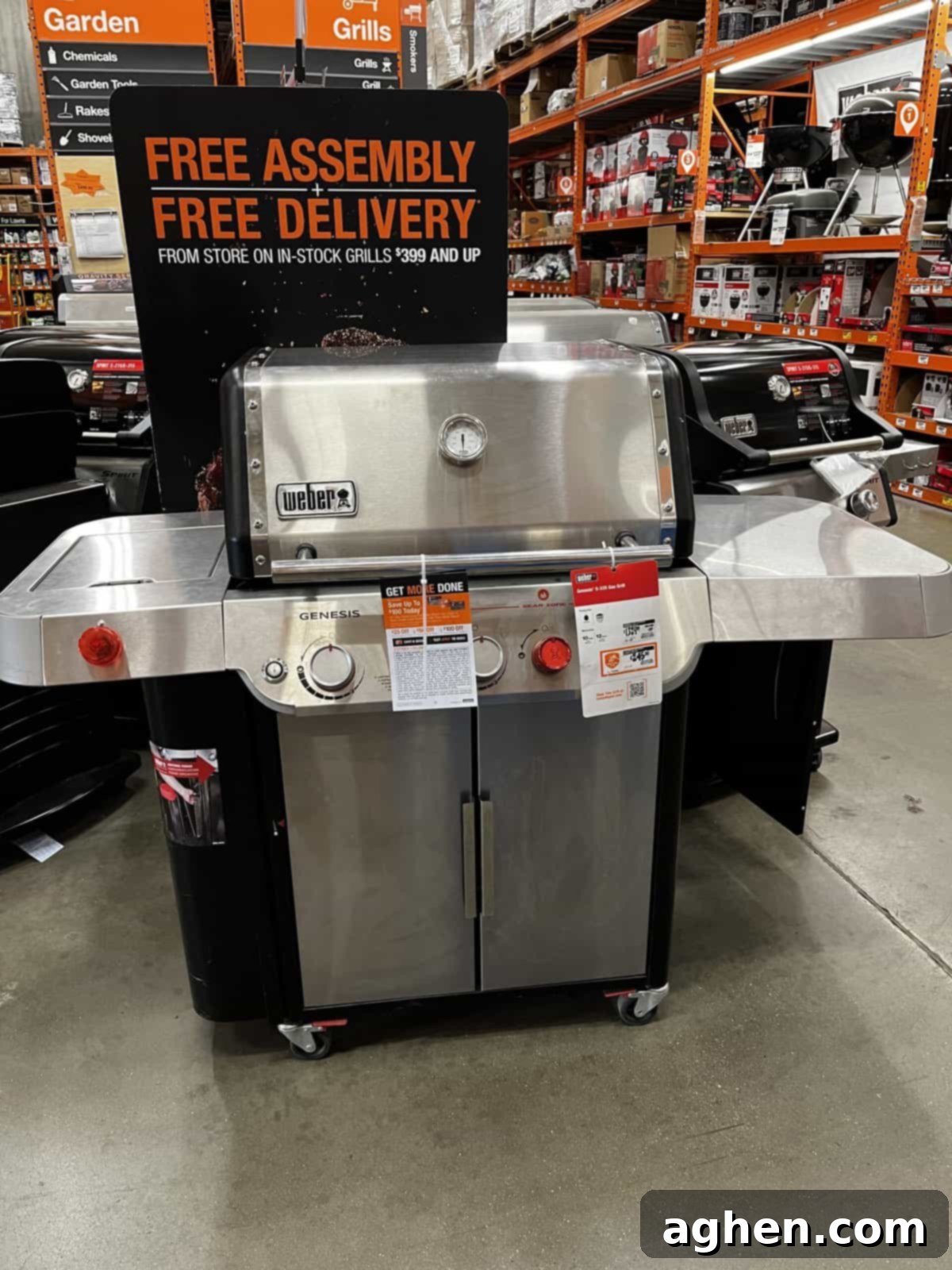
1. Flame Management
Flame management is arguably the foundational skill for any aspiring grill master, extending far beyond the simple act of placing food over heat. It’s about understanding the nuanced relationship between fuel, airflow, and temperature, and precisely tailoring these elements to the specific food you’re cooking. Whether you’re aiming for a perfectly seared steak with a beautiful crust, a tender, slow-cooked chicken, or delicately grilled vegetables, your ability to control the flame is paramount. Weber grills, celebrated for their intuitive design, typically feature adjustable dampers or vents (on charcoal models) or precise burner controls (on gas models). These mechanisms are your primary tools for regulating airflow and, consequently, the intensity of the heat.
For charcoal grills, learning to arrange briquettes for different heat zones and adjusting the top and bottom vents allows you to create intense direct heat for searing or a gentler, consistent heat for slower cooking. On gas Weber grills, mastering the individual burner controls means you can easily establish multi-zone cooking. Effective flame management prevents charring, ensures even cooking, and ultimately unlocks the full flavor potential of your ingredients. It’s about orchestrating the heat, not just unleashing it. This skill is critical for ensuring food cooks thoroughly without burning, resulting in deliciously tender and perfectly cooked meals every time.
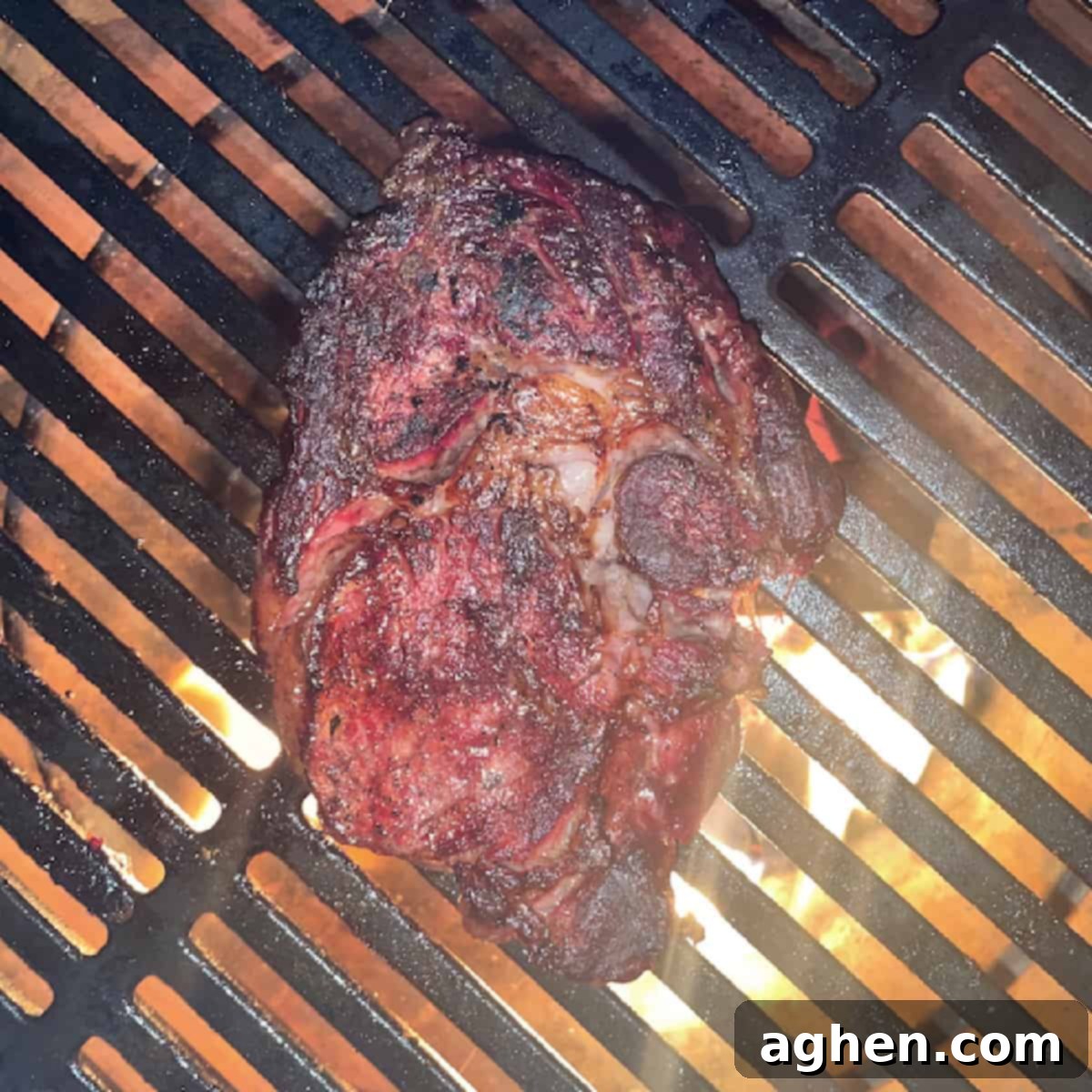
2. Direct and Indirect Grilling
The true versatility of Weber grills shines brightest when you master the art of direct and indirect grilling – two fundamental techniques that unlock a vast array of cooking possibilities, from searing and roasting to smoking and baking. Understanding when and how to deploy each method is crucial for achieving optimal results across different types of food.
Direct Grilling: This technique involves cooking food directly over the heat source, whether it’s glowing charcoal or active gas burners. It’s ideal for thinner cuts of meat, smaller items, and anything that cooks relatively quickly (typically 20 minutes or less). Think sizzling burgers, succulent hot dogs, thin-cut steaks, chops, skewers, and delicate vegetables like asparagus. Direct heat provides that intense searing action, creating a beautiful crust, appealing grill marks, and locking in juices. On a charcoal Weber, this means spreading hot coals evenly beneath the food. On a gas Weber, it involves turning on the burners directly under your cooking area to a medium-high or high setting.
Indirect Grilling: In contrast, indirect grilling involves placing food next to, rather than directly over, the heat source. This method mimics the functionality of an oven, providing a more gentle, even, and consistent heat. It’s the go-to technique for larger cuts of meat, whole poultry (like chickens or turkeys), ribs, roasts, and anything that requires longer cooking times or a slower, more thorough cook to become tender without burning the exterior. For a charcoal Weber, you’d arrange the coals on either side of the grill, leaving the center empty, and place a drip pan in the middle. On a gas Weber, you’d light the burners on one or both sides, leaving the middle burner off, and place your food over the unlit section. Indirect grilling prevents flare-ups from dripping fats, ensures food cooks evenly from edge to center, and is perfect for infusing smoky flavor over extended periods. Mastering both direct and indirect cooking empowers you to tackle virtually any recipe on your Weber grill with confidence and precision.

3. Temperature Control
Precise temperature control is a non-negotiable skill for anyone aiming to elevate their grilling game on a Weber. It’s the difference between a dry, overcooked piece of meat and a succulent, perfectly done dish. While flame management sets the stage, temperature control is the continuous act of monitoring and adjusting to maintain that ideal cooking environment. This skill is critical for achieving a beautiful, flavorful sear on steaks, ensuring chicken remains incredibly juicy and tender, and delivering vegetables with just the right amount of char and crispness.
The first step in mastering this is understanding your grill’s inherent characteristics. Weber grills often come with built-in lid thermometers, which provide a good general indication of the ambient temperature inside. However, for true precision, especially for indirect cooking or longer smoke sessions, investing in a high-quality external grill thermometer that can be placed on the grates near your food is highly recommended. Equally important is an instant-read meat thermometer. This indispensable tool allows you to accurately monitor the internal temperature of your food, ensuring it reaches the safe cooking temperature while also preventing overcooking, which is the nemesis of tender meat.
Practice adjusting the dampers on charcoal grills or the burner knobs on gas grills in small increments, observing how these changes impact the internal grill temperature. Learn to anticipate how opening or closing the lid affects temperature. The goal is consistency. For different foods, different target temperatures apply: high heat (450-550°F / 230-290°C) for searing, medium heat (350-450°F / 175-230°C) for most direct cooking and roasting, and low heat (225-300°F / 105-150°C) for slow smoking and indirect cooking. By diligently monitoring and adjusting, you gain confidence that every item you pull off your Weber grill will be cooked to perfection, every single time.

4. Proper Seasoning
Proper seasoning is a transformative skill that has the power to elevate your grilled dishes from ordinary to extraordinary. It’s about much more than just adding flavor; it’s about enhancing the natural taste of the food, creating delectable crusts, and even tenderizing tougher cuts. Understanding the various methods of seasoning and when to apply them is key to unlocking a world of culinary possibilities on your Weber grill.
Marinades: These liquid concoctions typically contain an acid (like vinegar or citrus juice), oil, and various herbs and spices. They primarily tenderize meat and infuse deep flavor. Marinades are particularly effective for chicken, pork, and tougher cuts of beef. Remember to marinate in the refrigerator and discard any marinade that has come into contact with raw meat if you plan to use it as a sauce, or boil it thoroughly.
Dry Rubs: A blend of dried herbs, spices, salt, and often sugar, dry rubs create a flavorful crust (or “bark”) on the surface of the meat. They are fantastic for ribs, briskets, pork shoulders, and chicken wings, forming a beautiful caramelization under heat. Apply rubs generously, often hours before grilling, to allow the flavors to penetrate and for the rub to adhere well.
Brining: Primarily used for poultry and pork, brining involves soaking meat in a saltwater solution, often with added aromatics. This process helps the meat retain moisture during cooking, resulting in incredibly juicy and flavorful results, especially beneficial for leaner cuts prone to drying out.
Simple Salt and Pepper: Never underestimate the power of a good quality coarse salt and freshly cracked black pepper. For high-quality steaks, often this minimalist approach allows the true flavor of the meat to shine through, amplified by the Maillard reaction on the grill. Apply just before grilling to draw out surface moisture for a better sear.
Experimentation is highly encouraged here! While many excellent premixed seasonings are available, creating your own blends allows for endless customization. Try combining garlic powder, onion powder, paprika, cumin, and a touch of cayenne for a smoky rub. Or mix olive oil, lemon juice, rosemary, and thyme for a vibrant marinade. Understanding how different spices interact and complement various meats will rapidly expand your grilling repertoire and ensure every bite from your Weber grill is packed with flavor.
5. Patience
In the fast-paced world we live in, patience is a virtue often overlooked, but on the grill, it’s an absolute necessity. Mastering the art of patience is perhaps one of the most underrated yet crucial skills for achieving consistently perfect grilling results on your Weber. Many novice grillers fall victim to the temptation of constantly flipping, poking, or moving their food around. This ‘over-touching’ is a common mistake that actually hinders the cooking process and prevents the development of desirable flavors and textures.
When food first hits the hot grates of your Weber, it immediately begins to form a crust through a process called the Maillard reaction. This reaction creates deep, complex, savory flavors and a beautiful, caramelized exterior. If you constantly flip or move the food before this crust has fully developed, you interrupt the process, prevent those coveted grill marks from forming, and risk the food sticking to the grates. Moreover, every time you lift the lid of a charcoal grill, you lose valuable heat, which prolongs cooking times and can lead to uneven cooking. On a gas grill, while heat loss is less dramatic, constant manipulation still prevents proper searing.
The key is to “trust the process.” Place your food on the preheated grates and allow it to cook undisturbed for the recommended time for each side. Learn to listen to the sizzle and observe the visual cues. For example, a steak will often release easily from the grates when a proper sear has formed. Chicken skin will crisp up and turn golden. Resist the urge to peek or prod. Step back, relax, and let the heat do its work. The reward for your patience will be food that is not only beautifully seared with distinct grill marks but also incredibly juicy, tender, and evenly cooked through. This deliberate, hands-off approach will yield superior results and turn your grilling efforts into a truly satisfying experience.
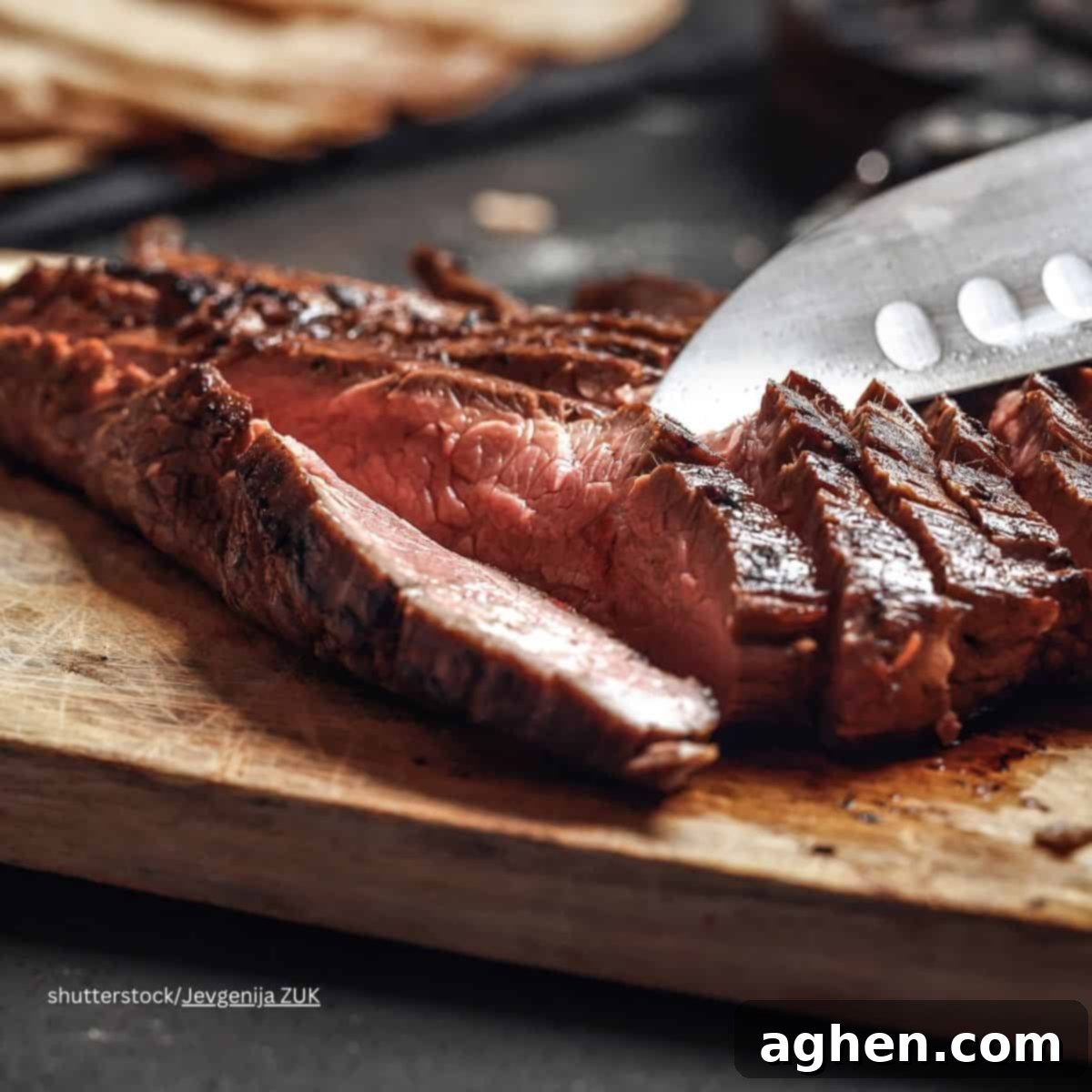
6. Knife Skills
While knife skills may not directly involve the flames of your Weber grill, they are an absolutely indispensable foundational element for successful and efficient outdoor cooking. Proper food preparation sets the stage for flawless grilling, and a sharp knife in skilled hands is your most important tool in the kitchen before you even step outside. Mastering basic knife techniques will not only make your grilling process smoother and more enjoyable but will also significantly enhance the quality and presentation of your final dishes.
Consider the following crucial applications:
- Trimming Meats: Before grilling, many cuts of meat benefit from careful trimming. Excess fat can cause undesirable flare-ups, while silverskin or gristle can make meat tough. Knowing how to efficiently remove these without wasting valuable meat is a hallmark of good knife work. This also includes butterflying chicken breasts for even cooking or expertly deboning a whole chicken.
- Uniform Slicing: Whether you’re preparing vegetables for skewers, slicing onions for a burger, or cutting fruits for a grilled dessert, uniform thickness is paramount. Evenly cut ingredients cook at the same rate, preventing some pieces from burning while others remain raw. This ensures consistent texture and flavor across your entire dish.
- Prepping Ingredients for Marinades/Rubs: Finely mincing garlic, dicing onions, or chopping herbs for marinades and rubs ensures their flavors are optimally released and distributed throughout your food.
- Post-Grill Carving: The task isn’t over once the food comes off the grill. Carving a perfectly grilled steak, roast, or whole chicken against the grain is essential for maximizing tenderness and making serving an elegant affair. Dull knives or poor technique can tear meat, making even the most perfectly cooked dish seem less appealing.
Investing in a good quality, sharp chef’s knife and learning how to properly use and maintain it will pay dividends. Not only will it make preparation faster and safer, but it will also mean less time spent on prep work indoors and more quality time enjoying the ambiance of your Weber grill and the company of your guests. Safety is also paramount here; a sharp knife is a safe knife, as it requires less force to cut, reducing the chance of slippage and injury.
7. Understanding Flare-Ups
Flare-ups are an inherent, though often unwelcome, part of the grilling experience. While they can add a dramatic visual element, uncontrolled flare-ups can quickly char your food, impart a bitter taste, and diminish the quality of your carefully prepared meal. Therefore, understanding why they occur and, more importantly, how to manage and prevent them is a critical skill for any aspiring grill master operating a Weber or any other grill.
What Causes Flare-Ups?
The primary culprits are fat and oil dripping from your food onto the hot coals or burners. Sugary marinades and sauces can also ignite when they drip onto the heat source. Accumulated grease and food particles on the grill grates from previous cooks can also contribute to sudden bursts of flame.
How to Prevent Them:
- Clean Grates: This is perhaps the most effective preventive measure. Before and after each grilling session, thoroughly clean your Weber grates with a sturdy grill brush to remove any residual grease and food debris. A clean grill is a safer grill.
- Trim Excess Fat: For fatty cuts of meat like briskets, ribeyes, or pork shoulders, trimming some of the excess fat before grilling can significantly reduce dripping and, consequently, flare-ups. A little fat is good for flavor, but too much can be problematic.
- Mind Your Marinades and Sauces: While delicious, oil-heavy marinades or sugary barbecue sauces are prone to igniting. For items marinated in oil, allow excess marinade to drip off before placing on the grill. Apply sugary sauces towards the end of the cooking process to allow them to caramelize without burning.
- Use Drip Pans (Indirect Grilling): When cooking fatty items indirectly on a charcoal Weber, a drip pan placed beneath the food will catch rendered fat, preventing it from hitting the coals.
How to Handle a Flare-Up:
If a flare-up occurs despite your best efforts, don’t panic!
- Move the Food: The immediate action is to move the food away from the direct flames to an cooler section of the grill. If possible, move it to an indirect heat zone.
- Close the Lid (Briefly): For gas grills, closing the lid can sometimes starve the flames of oxygen. For charcoal grills, be cautious, as closing vents might extinguish coals, but closing the lid briefly can reduce oxygen to the flare-up.
- Adjust Heat: On a gas grill, turn down the burner directly underneath the flare-up.
- Avoid Water: Spraying water on a grease fire is generally not recommended as it can cause the flames to spread or create dangerous steam.
By proactively taking these steps and knowing how to react, you can keep flare-ups under control and ensure your grilled food comes off the Weber perfectly cooked and tasting fantastic.

8. Cleanliness
Cleanliness, though perhaps not the most glamorous grilling skill, is fundamental to the longevity of your Weber grill, the safety of your food, and the consistent quality of your meals. A dirty grill is not only unappealing but also inefficient and unhygienic. Regularly maintaining your Weber ensures it performs optimally, prevents food from sticking, and safeguards against unwanted flavors from previous cooks.
Why is Grill Cleanliness So Important?
- Food Safety: Residual food particles and grease can harbor bacteria. A clean grill prevents cross-contamination and ensures a safe cooking environment.
- Prevents Sticking: Leftover food residue and burnt-on bits create an uneven cooking surface, making food more likely to stick to the grates. Clean grates mean easier flipping and beautiful grill marks.
- Flavor Integrity: Old, charred food particles can impart off-flavors to your fresh ingredients. A clean grill allows the true taste of your food and seasonings to shine through.
- Optimal Performance: Clogged burners on gas grills or restricted airflow in charcoal grills (due to excessive ash) can lead to uneven heating and inefficient fuel consumption. Regular cleaning ensures consistent heat distribution.
- Extends Lifespan: Grease and food acids can corrode metal components over time. Regular cleaning and maintenance protect your investment, extending the life of your beloved Weber grill.
Key Cleaning Practices:
- Grates: The most critical component. After preheating, use a good quality wire or bristle-free grill brush to scrape off charred food residue from the grates. For a deeper clean, especially if heavily soiled, you can remove the grates and wash them with warm soapy water.
- Ash Removal (Charcoal Grills): After each use, once the grill has cooled, empty the ash catcher and clean out any residual ash from the bottom of the bowl. Excessive ash buildup restricts airflow and can make temperature control difficult.
- Burner Tubes (Gas Grills): Periodically inspect and clean the burner tubes, ensuring the small gas ports are clear of debris. Use a soft brush or a Weber grill brush designed for burners.
- Flavorizer Bars (Gas Grills): These bars protect the burners and vaporize drippings. Clean them by scraping off accumulated residue with a grill brush or scraper. Replace them if they become severely corroded.
- Drip Pans: Regularly empty and clean the grease collection tray or disposable drip pan. This prevents grease fires and keeps your grill tidy.
- Exterior: Wipe down the lid and exterior surfaces with a damp cloth and mild soap to remove dust, smudges, and grease splatters. Stainless steel surfaces benefit from specialized stainless steel cleaners.
Weber themselves offer a fantastic range of cleaning tools and products specifically designed for their grills, making the task easier and more effective. Adopting a routine of cleaning your Weber grill before and after each use will not only make your grilling experience more enjoyable but will also ensure your grill remains a reliable partner for countless delicious meals.
9. Experimentation
While mastering fundamental techniques provides a solid foundation, true grill mastery on your Weber often blossoms through the courage to experiment. The world of grilling is vast and diverse, offering endless opportunities to explore new flavors, techniques, and ingredients. If the idea of deviating from your tried-and-true recipes makes you a little apprehensive, start small – incremental changes can lead to significant discoveries.
Starting Small with Flavor:
Begin by tweaking your seasoning blends. If you usually use a pre-made rub, try adding an extra pinch of smoked paprika or a dash of cayenne pepper. Experiment with different types of salt – flaky sea salt for finishing, coarse kosher salt for rubs. Explore various herbs: fresh rosemary with lamb, thyme with chicken, or dill with fish. Simple changes to your flavor profile can open up new taste dimensions without overwhelming you.
Branching Out with Ingredients and Techniques:
Once you’re comfortable with flavor variations, expand your horizons to include different cuts of meat. Instead of just chicken breasts, try whole spatchcocked chicken, pork shoulder, or even less common cuts of beef like tri-tip. Each cut presents a unique challenge and opportunity for learning.
For those with a charcoal Weber, or even some gas models equipped for smoking, experimenting with different types of wood chips or chunks is a game-changer. Hickory, mesquite, apple, cherry, and oak each impart distinct smoky flavors. Learn which wood pairs best with different meats – applewood for pork and poultry, hickory for beef, mesquite for a strong, bold flavor.
Dive into the world of homemade marinades and brines. Discover how citrus, vinegar, soy sauce, and sweeteners interact to tenderize and flavor. Try grilling fruits like pineapple or peaches, or vegetables you’ve never considered for the grill, such as romaine lettuce or Brussels sprouts.
Embracing the Learning Curve:
It’s important to acknowledge that not every experiment will be a resounding success. Some dishes might not turn out as planned, and some flavor combinations might miss the mark. But these “failures” are not setbacks; they are invaluable learning opportunities. Each attempt, whether perfect or imperfect, teaches you something new about your Weber grill, the ingredients, and your own palate. Keep a grilling journal to note down what worked and what didn’t. This iterative process of trying, learning, and refining is what transforms a good griller into an exceptional one.
Experimentation fuels creativity and keeps your passion for grilling alive. It pushes you beyond your comfort zone, allowing you to continually evolve your skills and delight your family and friends with an ever-expanding repertoire of delicious, innovative grilled meals. So, embrace your inner culinary scientist and let your Weber grill be your laboratory for delicious discoveries.
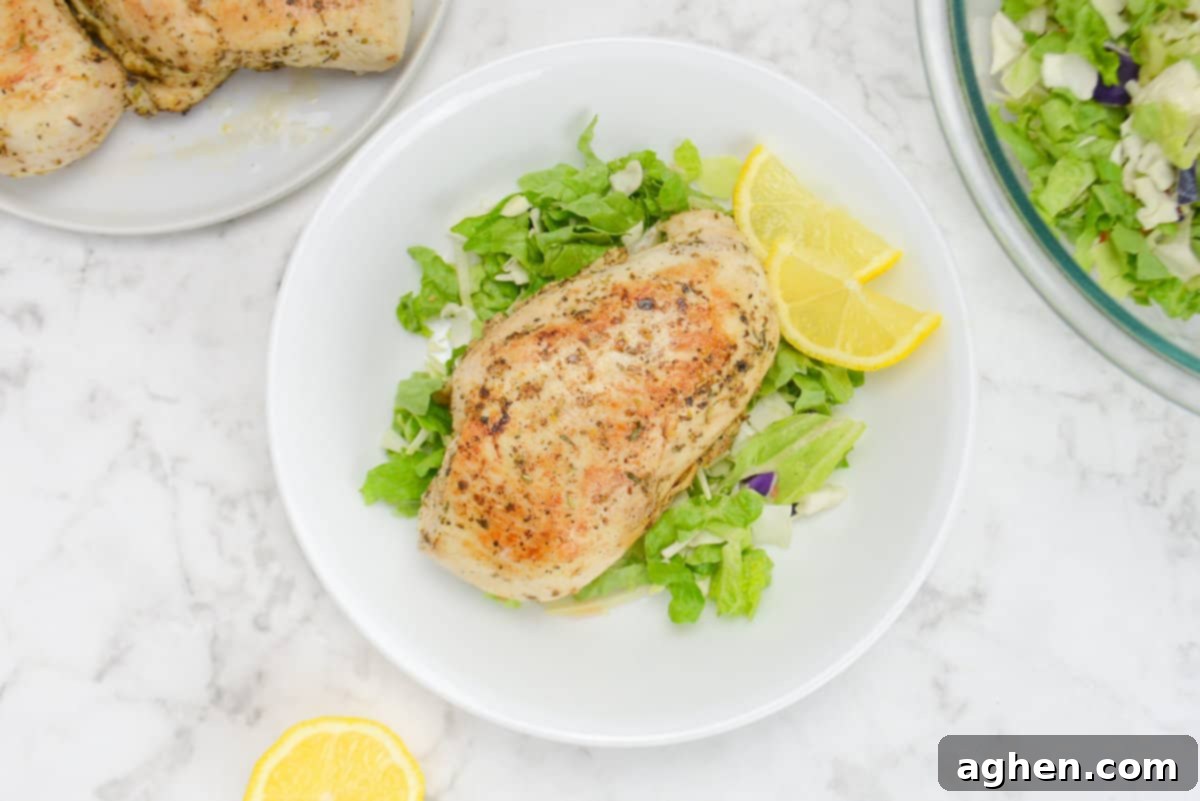
10. Presentation
After putting so much effort into mastering the techniques of grilling, from flame management to perfect seasoning, it would be a shame to overlook the final, yet incredibly impactful, skill: presentation. The visual appeal of food plays a significant role in our dining experience; we “eat with our eyes” first. Mastering the art of presentation elevates your grilled meals from mere sustenance to a truly memorable culinary event, making your delicious creations on the Weber grill even more inviting.
Why Presentation Matters:
- Enhances Appetite: Beautifully arranged food stimulates the appetite and makes the meal more enticing before the first bite is even taken.
- Reflects Care and Effort: Thoughtful presentation signals to your guests that you’ve put care and effort into their meal, making the experience feel more special and appreciated.
- Completes the Story: A well-presented dish tells a story, showcasing the textures, colors, and components in an appealing way.
Key Elements of Plating Your Grilled Masterpieces:
- Platter Choice: Select platters or serving dishes that complement the food. White or neutral-colored plates often make colors pop, while rustic wooden boards can enhance a barbecue theme. Consider the size – don’t overcrowd the platter, allow some negative space.
- Arrangement:
- Main Protein: Place your perfectly grilled main protein (steak, chicken, fish) as the focal point. Slice larger cuts against the grain for tenderness and arrange them artfully, perhaps fanned out.
- Sides: Arrange complementary sides around the protein. Think about color, texture, and shape. Grilled vegetables can add vibrant hues and interesting shapes. Avoid mixing too many elements in one jumbled pile.
- Height and Dimension: Don’t lay everything flat. Create a little height by stacking elements slightly or leaning them against each other.
- Garnishes: This is where you can add a final flourish.
- Fresh Herbs: A sprinkle of fresh chopped parsley, cilantro, rosemary, or chives adds a burst of color, freshness, and often a complementary aroma.
- Citrus Wedges: Lemon or lime wedges are not only visually appealing but also provide an opportunity for guests to add a bright, acidic finish to their grilled food.
- Sauces and Drizzles: A light drizzle of a vibrant sauce (like a chimichurri or a balsamic glaze) can tie the dish together and add another layer of flavor and visual interest. Be judicious; a little goes a long way.
- Toasted Nuts or Seeds: For salads or certain grilled vegetables, a sprinkle of toasted nuts or seeds can add texture and a rustic touch.
Remember, presentation doesn’t need to be overly complicated or fussy. Simple, clean, and thoughtful arrangement can make a huge difference. By paying attention to how your delicious creations look before they are served, you transform a great meal from your Weber grill into an unforgettable dining experience for everyone.
The journey to becoming a genuine grill master on your Weber grill is an exciting and rewarding endeavor, built upon a synergy of honed skills, dedicated practice, and unwavering patience. It’s a culinary adventure that transforms raw ingredients into delectable masterpieces and elevates simple gatherings into cherished memories.
Throughout this guide, we’ve explored ten essential skills – from the foundational control of flame and temperature to the nuanced art of seasoning and the critical importance of cleanliness and preparation. We’ve delved into the strategic approaches of direct and indirect grilling, understood how to tame unpredictable flare-ups, and highlighted the value of proper knife work. Beyond the technical, we’ve emphasized the virtues of patience and the boundless rewards of experimentation. Finally, we recognized that the visual delight of presentation is the ultimate flourish, making every meal you create truly unforgettable.
By diligently applying and refining these must-have techniques, you won’t just cook food; you’ll craft experiences. You’ll gain the confidence to tackle any recipe, the wisdom to adapt to any challenge, and the ability to consistently produce perfectly grilled, incredibly flavorful meals that will undoubtedly impress your friends and family. Your Weber grill, celebrated for its robust performance and versatile capabilities, is an excellent partner in this culinary pursuit.
So, don’t hesitate. Ignite the coals or fire up the gas on your Weber grill. Put these skills into practice, embrace the learning process, and savor the journey. The profound satisfaction of transforming simple ingredients into extraordinary culinary delights awaits you, marking your transformation into a true grill master. Enjoy the sizzle, the aroma, and most importantly, the incredible food you’ll create!
